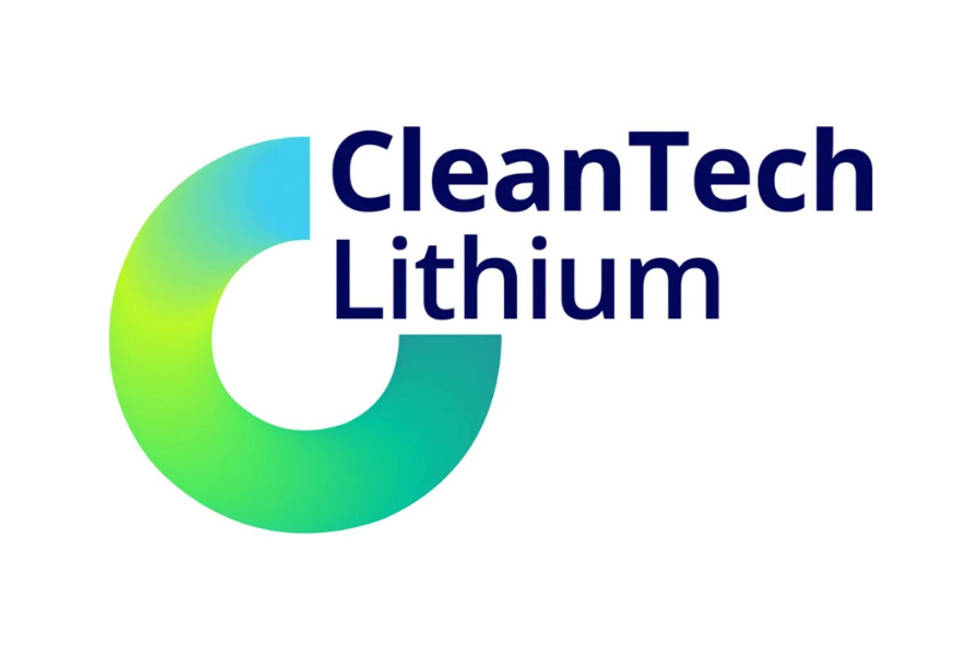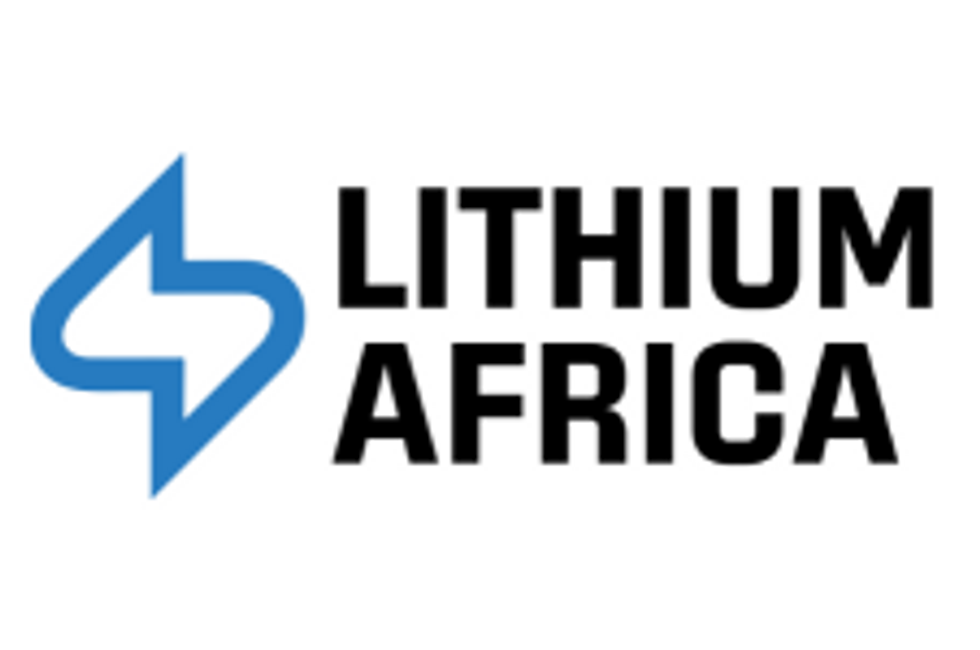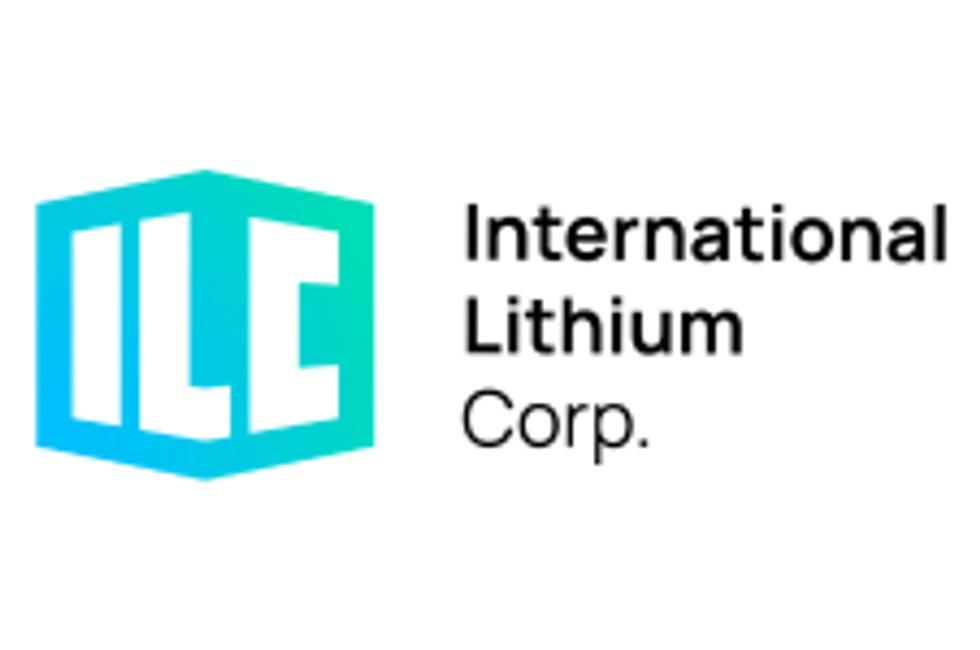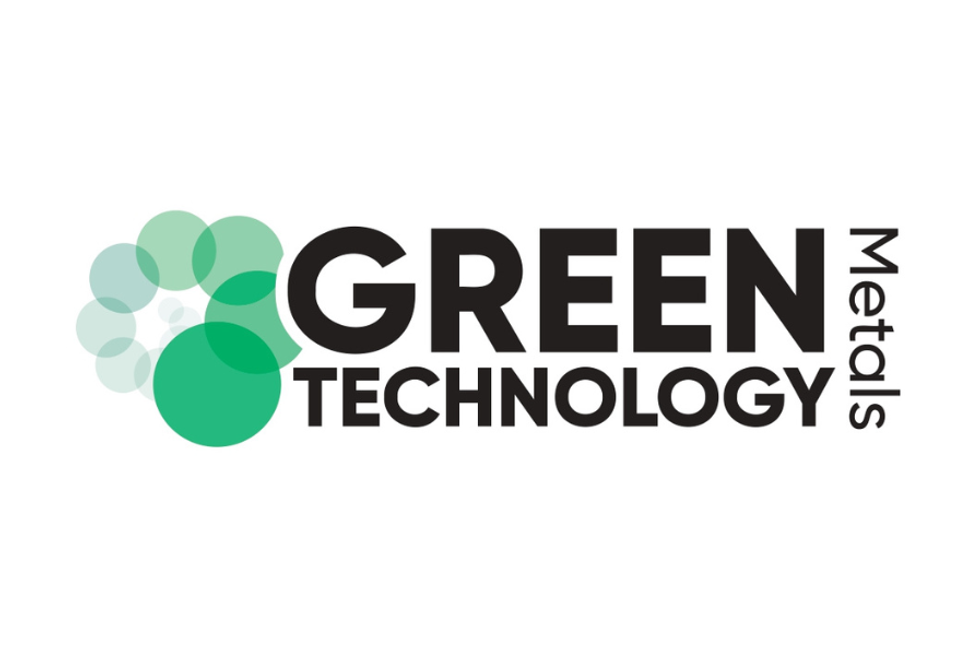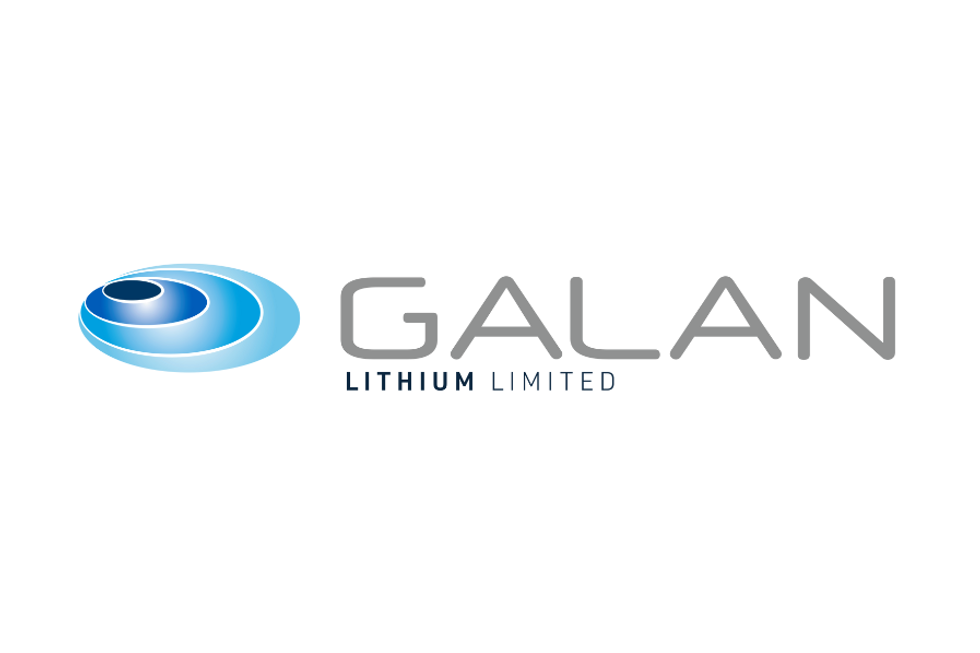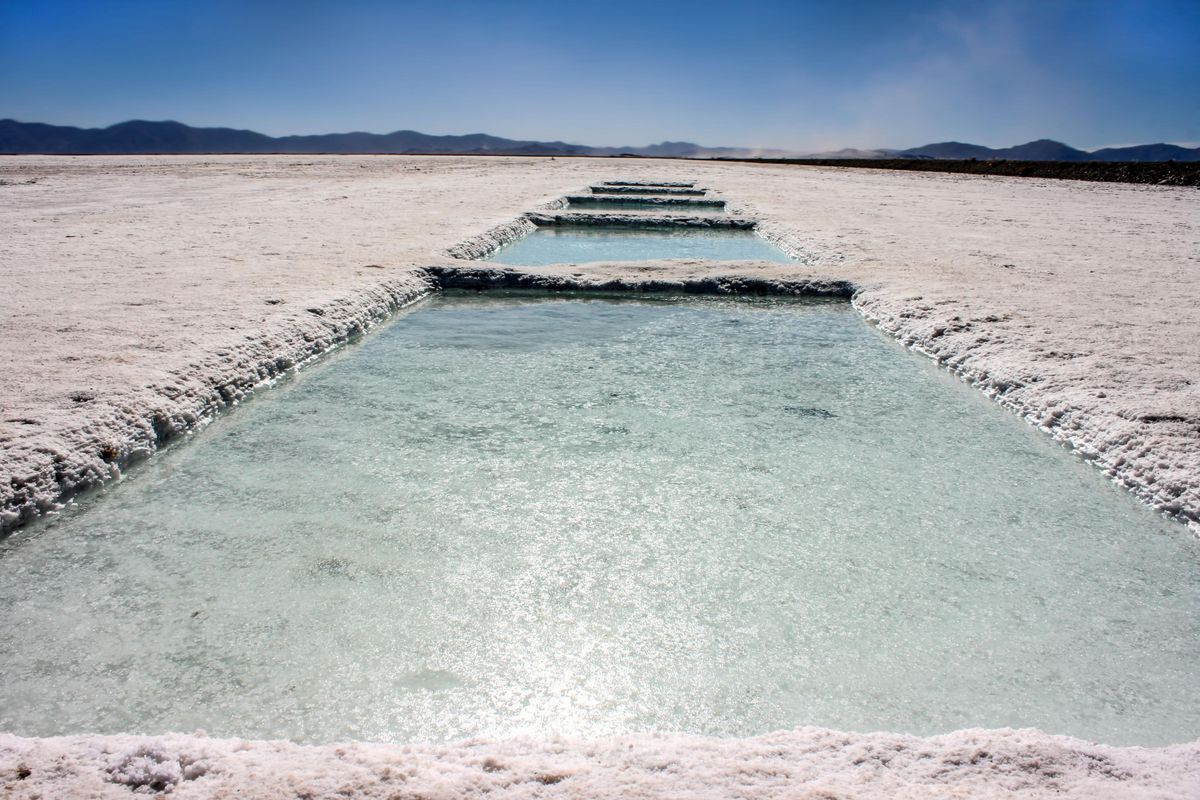
Compared to other extraction methods, lithium brine extraction offers higher yields at a lower cost, as represented by multiple projects in regions such as Nevada.
Currently, known global lithium reserves contain an estimated 21 million metric tons of this critical resource. These reserves exist in three forms: brine deposits, pegmatite deposits and sedimentary rocks. Of these, the former arguably offers the greatest promise for investors as much as for mining companies.
According to data collected by S&P Global, the margins of lithium brine operations are nearly double those of hard rock lithium production — more than outweighing the higher cost of lithium brine production. The fact that lithium can also be extracted from orphan oil wells is another point in favor of lithium brine extraction, as companies can repurpose existing infrastructure at a far lower cost than would be required to construct an entirely new operation.
To understand why, one must first understand how brine extraction works.
The lithium brine extraction process
Lithium brine is most plentiful in the ocean, which is estimated to contain as much as 5,000 times more lithium than land deposits. Unfortunately, the resource is only present in extremely low concentrations — roughly 0.2 parts per million (ppm). This makes oceanic lithium brine extraction infeasible at best, and though researchers in Saudi Arabia believe they have solved the problem, the extraction technology they have developed is still in its conceptual stages.
Lithium-enriched groundwater is another source of lithium brine, and represents the most frequent target for lithium brine projects. Lithium brine can also be found in wastewater produced by oil and gas projects and in geothermal water. When a suspected lithium brine deposit is discovered, a single sample is all that's required to obtain an accurate resource estimate — meaning discovery and exploration of a brine project tends to proceed faster than a comparable hard rock project.
The brine is then drilled or blasted before being extracted and refined. Direct lithium extraction is currently the most effective method, leveraging an absorbent that draws out lithium while leaving other minerals such as magnesium and calcium behind. Extracting lithium in this way allows a mining company to preserve more than 90 percent of the groundwater in an area.
Other processes for lithium extraction include membrane treatment and nanofiltration.
Accounting for all the above, lithium brine projects are extremely well-positioned to fill the widening gulf between supply and demand created by electrification.
A fast-growing global market
The transition from fossil fuels to green energy continues to accelerate, as multiple governments continue to pursue the ambitious goal of climate neutrality by 2050. Electric vehicles play a pivotal role in achieving this milestone, resulting in mounting demand for multiple battery metals. Of these, lithium is arguably among the most critical as it is a core component of the lithium-ion battery cells in electric vehicles.
As EV manufacturers continue constructing gigafactories all over the world, the need for efficient, sustainable and economical lithium production will continue to grow. Lithium brine projects, particularly those that leverage direct lithium extraction, satisfy all three characteristics.
With this in mind, it should come as no great surprise that the market is gradually shifting towards lithium brine extraction and away from other methods.
Australia, the world's top lithium producer by a large margin, appears to acknowledge the value of lithium brines and is investigating the prospectivity of Australia's, even though currently the country's production is from hard rock. The second-largest global producer, Chile, is home to the Salar de Atacama — the largest producing brine deposit in the world — as well as 55.5 percent of known lithium reserves, owing to the presence of a region known collectively as the Lithium Triangle. Between them, Australia and Chile account for over 74 percent of lithium production.
The third largest contributor, China, holds 9.7 percent of the market.
Compared to these three nations, North America's presence is negligible. But that doesn't mean it's without potential. Nevada, for instance, has been the focal point of a lithium rush for several years.Why lithium markets like Nevada are worth watching
Nevada is perhaps most notable for being home to the Silver Peak lithium mine. Owned and operated by Albemarle (NYSE:ALB), Silver Peak was until very recently the only producing lithium brine operation in the United States.
Immediately east of Silver Peak is the Clayton Valley project. Wholly owned by Cypress Development (TSXV:CYP), Clayton Valley is home to a world-class lithium-bearing claystone deposit, directly adjacent to Silver Peak's brine field. Cypress Development is currently planning a feasibility study for the construction of a mine and refinery. In Northern Nevada, there's also Lithium Americas’ (TSX:LAC,NYSE:LAC) Thacker Pass, one of the largest deposits of lithium in the world.
Another company focusing on domestic lithium is Usha Resources (TSXV:USHA,OTCQB:USHAF), which owns the drill-ready Jackpot Lake project. Consisting of 140 claims across 2,800 acres, the project has identified values as high as 550 ppm with an average value of 175 ppm. According to Usha, this makes it comparable to Silver Peak.
Once Jackpot Lake begins operations, it will be either the second or third lithium brine operation in the country. Which position it occupies is dependent on the schedule of Standard Lithium’s (TSXV:SLI,NYSE:SLI) Smackover project, which will draw on the same brine that produces almost half of the world's bromine.
Takeaway
Lithium brine projects represent a compelling source for a high-demand, critical battery metal — one that will only grow more important with time. The low-cost production of lithium brine extraction enables high-return endeavors for developers. This opportunity presents potential to be as beneficial for battery supply chains as it will be for investors.
This INNSpired article was written as part of an advertising campaign for a company that is no longer a client of INN. This INNSpired article provides information which was sourced by INN, written according to INN's editorial standards, in order to help investors learn more about the company. The company’s campaign fees paid for INN to create and update this INNSpired article. INN does not provide investment advice and the information on this profile should not be considered a recommendation to buy or sell any security. INN does not endorse or recommend the business, products, services or securities of any company profiled. If your company would benefit from being associated with INN's trusted news and education for investors, please contact us.
- 5 Basic Lithium Facts | INN ›
- Lithium Outlook 2022: Demand to Outpace Supply, Price Upside to ... ›
- Top 8 Lithium Stocks of 2022 | INN ›
- Types of Lithium Brine Deposits | INN ›
